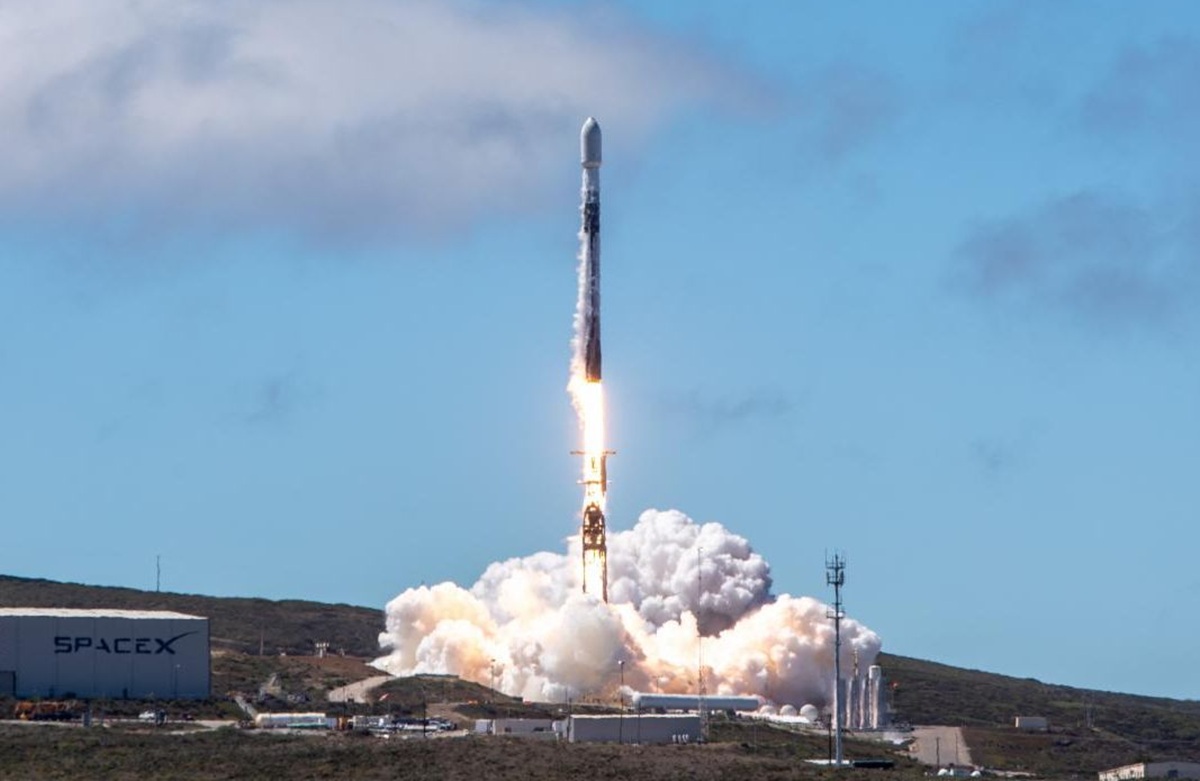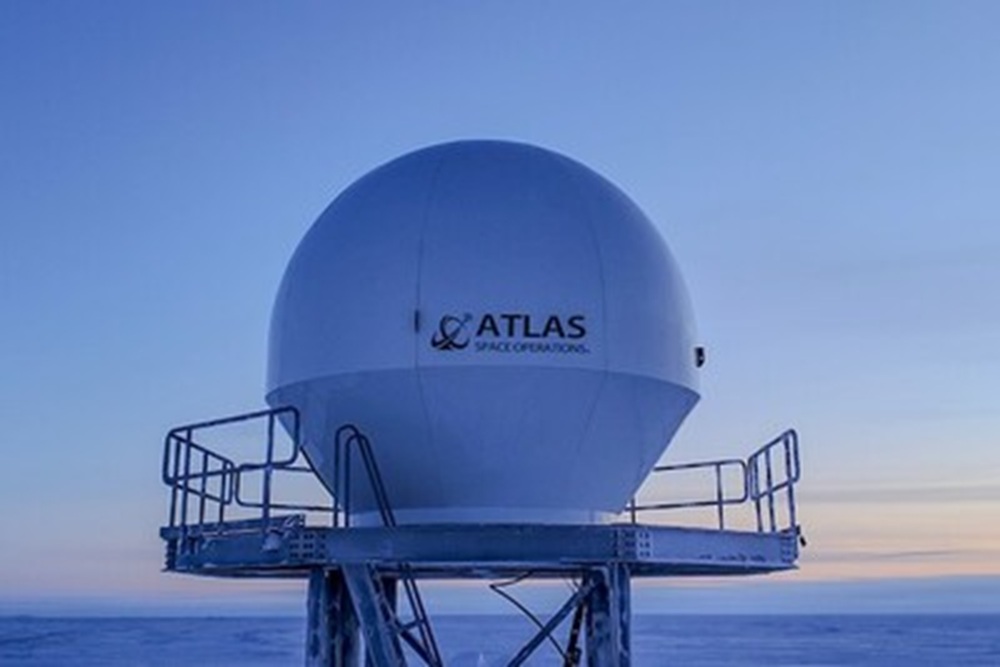VANDENBERG SPACE FORCE BASE, California: NASA has successfully launched its highly anticipated TRACERS mission, sending two identical satellites into orbit to probe the invisible forces that defend our planet from solar storms. The Tandem Reconnection and Cusp Electrodynamics Reconnaissance Satellites (TRACERS) lifted off aboard a SpaceX Falcon 9 rocket at 11:13 a.m. PDT (2:13 p.m. EDT) on Wednesday, heralding a significant leap in space weather research and magnetic field exploration.
Understanding TRACERS: NASA’s Magnetosphere Science Breakthrough
TRACERS is designed to investigate Earth’s magnetic shield—the magnetosphere—which acts as a crucial line of defense against the relentless barrage of charged particles and radiation unleashed by the Sun. The mission marks a pivotal step in decoding the intricacies of magnetic reconnection, a process that initiates some of the most dramatic space weather events, including auroras and geomagnetic storms that can disrupt satellites, communications, and even power grids.
“NASA is proud to launch TRACERS to demonstrate and expand American preeminence in space science research and technology,” stated Acting NASA Administrator Sean Duffy. “The TRACERS satellites will move us forward in decoding space weather and further our understanding of the connection between Earth and the Sun. This mission will yield breakthroughs that will advance our pursuit of the Moon, and subsequently, Mars.”
Twin Satellites, Unprecedented Data
A pioneering aspect of the TRACERS mission is its twin satellite approach. The two spacecraft will orbit in tandem, separated by as little as ten seconds as they pass over the same regions of the Earth’s northern polar cusp. Over their planned 12-month science campaign, the TRACERS pair will collect an extraordinary 3,000 key measurements. This unprecedented set of observations will allow scientists, for the first time, to take a stepwise look at how the process of magnetic reconnection evolves over time and how it affects space weather phenomena that can impact our everyday lives.
Earth’s magnetosphere is constantly showered by solar wind—a stream of energetic particles from the Sun. The area known as the polar cusp, near the North Pole, is especially vulnerable, as it allows solar particles to directly enter Earth’s upper atmosphere. Magnetic reconnection occurs when the magnetic field lines connecting the Sun and Earth break and then explosively realign, emitting powerful jets of energy and high-speed particles. These events are responsible for breathtaking auroras but can also have hazardous consequences for satellites, astronauts, and ground technologies.
By flying through the polar cusp region, the TRACERS satellites will intercept these magnetic reconnection events in real time. Scientific instruments aboard the pair will measure the charged particles and electromagnetic fields created as the Sun’s energy and matter crash into Earth’s shield, enabling researchers to reconstruct the cause-and-effect chain of space weather.
“The successful launch of TRACERS is a tribute to many years of work by an excellent team,” said David Miles, principal investigator at the University of Iowa. “TRACERS is set to transform our understanding of Earth’s magnetosphere. We’re excited to explore the dynamic processes driving space weather.”
Expanding NASA’s Heliophysics Fleet
TRACERS joins NASA’s rapidly growing fleet of heliophysics satellites, which study the Sun and its complex interactions with planetary atmospheres and space around them. “By adding TRACERS to that fleet, we will gain a better understanding of those impacts right here at Earth,” noted Joe Westlake, heliophysics division director at NASA Headquarters.
The mission’s scientific leadership reflects robust collaboration across major U.S. research institutions, including the University of Iowa, Southwest Research Institute (SwRI), University of California Los Angeles (UCLA), and University of California Berkeley. The mission is managed by NASA’s Heliophysics Explorers Program Office at Goddard Space Flight Center.
Trio of Small Satellite Missions: Athena EPIC, PExT, and REAL
Sharing the ride to space with TRACERS were three innovative small satellite missions, broadening the launch’s impact beyond its core objective.
- Athena EPIC (Economical Payload Integration Cost): Led by NASA’s Langley Research Center, Athena EPIC is a pathfinder that will test advanced, modular spacecraft architecture for future missions. After a two-week systems checkout, Athena EPIC will spend a year measuring outgoing longwave radiation—contributions critical to climate science.
- PExT (Polylingual Experimental Terminal): Managed by NASA’s SCaN program, PExT is pioneering communications by enabling seamless switching between commercial and government networks in space—like a space-based roaming cellphone. This testing could transform how future NASA spacecraft communicate and utilize new commercial services.
- REAL (Relativistic Electron Atmospheric Loss): Developed by Dartmouth College and partners, REAL is a CubeSat deploying to study the loss of energetic electrons from the Van Allen radiation belts. Enhanced understanding of these electrons will help protect satellites and astronauts from radiation hazards.
Soon after launch, all satellites were successfully deployed to their orbits. Ground controllers established contact with both TRACERS spacecraft, confirming their health and readiness for commissioning. Over the next four weeks, engineers will thoroughly test all onboard instruments and systems to ensure readiness for the prime science phase.
NASA’s VADR and CubeSat Initiatives Drive Efficient, Innovative Access to Space
The launch of TRACERS and accompanying small satellites was managed under NASA’s Venture-class Acquisition of Dedicated and Rideshare (VADR) contract, designed to provide affordable launch opportunities for science and technology missions. The CubeSat Launch Initiative and integrators like Maverick Space Systems and SEOPS enabled cost-effective deployment and broadened the mission’s scientific portfolio.
TRACERS is more than just a mission; it’s a major leap for heliophysics and understanding Earth’s place in the Sun’s influence. The mission’s findings are expected to fundamentally advance our ability to predict, mitigate, and respond to space weather, safeguarding our modern technology-dependent society—from GPS and communications to power infrastructure.
Moreover, the new technologies showcased by Athena EPIC and PExT, and the space environment insights delivered by REAL, point towards a future of more modular, resilient, and networked space missions.
As NASA strengthens the bridge between scientific discovery and practical applications, the TRACERS mission stands as both a symbol of American leadership in space and an inspiration for the next generation of scientists and explorers.





